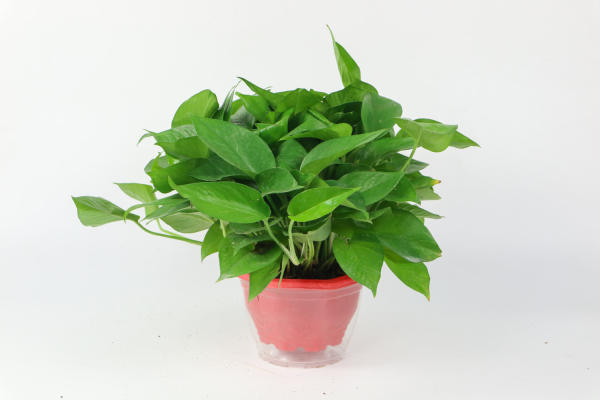The crab cactus orchid can be fertilized when it grows a bud. Because even if there are many nutrients consumed in the later period of bud growth, enough nutrients can promote flower bud differentiation and better flowering. But must pay attention to the good fertilizer quantity, cannot impose too many, otherwise can have the fertilizer harm. At this time, it is better to stop nitrogen fertilizer and apply phosphorus and potassium fertilizer. In addition, we should also pay attention to controlling the amount and frequency of watering, not too frequent, nor water shortage.
1. cut off the rotten roots
No matter what the specific cause is, we must deal with and treat it as soon as possible after it is discovered.Carefully remove the plant from the pot and remove the soil from the roots.Then cut off all the rotten roots and wash them with water.If the rot is too serious, it is recommended to burn it to avoid infecting other plants.

2. Disinfection
After cutting off the rotten roots, disinfect them as soon as possible to avoid leaving germs on the wound.When disinfecting, it is directly placed in potassium permanganate solution.Attention should be diluted first, if the concentration is too high, it is easy to hurt the root, and the wound can be soaked in the solution for about 10 minutes.

3. Preparing new soil
No matter what the cause is, once the roots rot, the bacteria will be left in the soil, and new potting soil will be needed.The soil should be prepared with good permeability, good drainage, preferably slightly acidic, disinfected after preparation, and the flowerpot should also be disinfected to ensure that the pot soil is sterile.

4. Potting
The soil is prepared, and the plants can be potted after being treated.Note that after planting, it should be placed in a ventilated and semi-shady place for maintenance for a period of time, and the temperature should be maintained above 20 degrees, so that the plants will soon recover, and then move to the light line for normal management after new roots grow.


